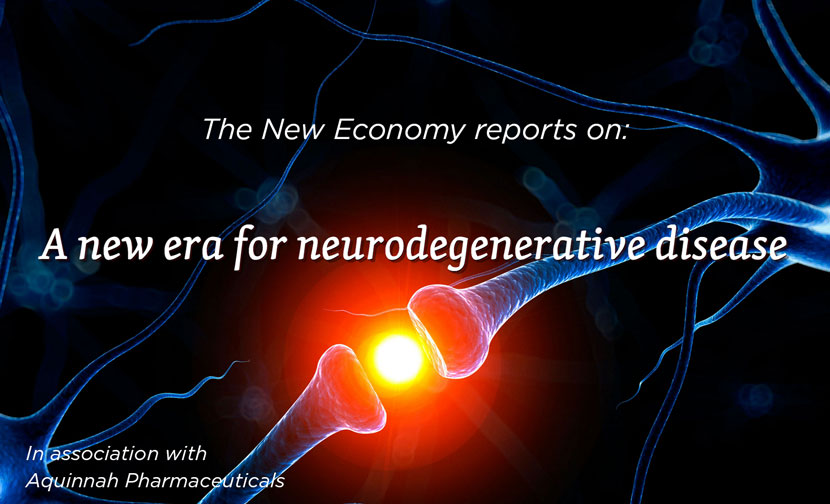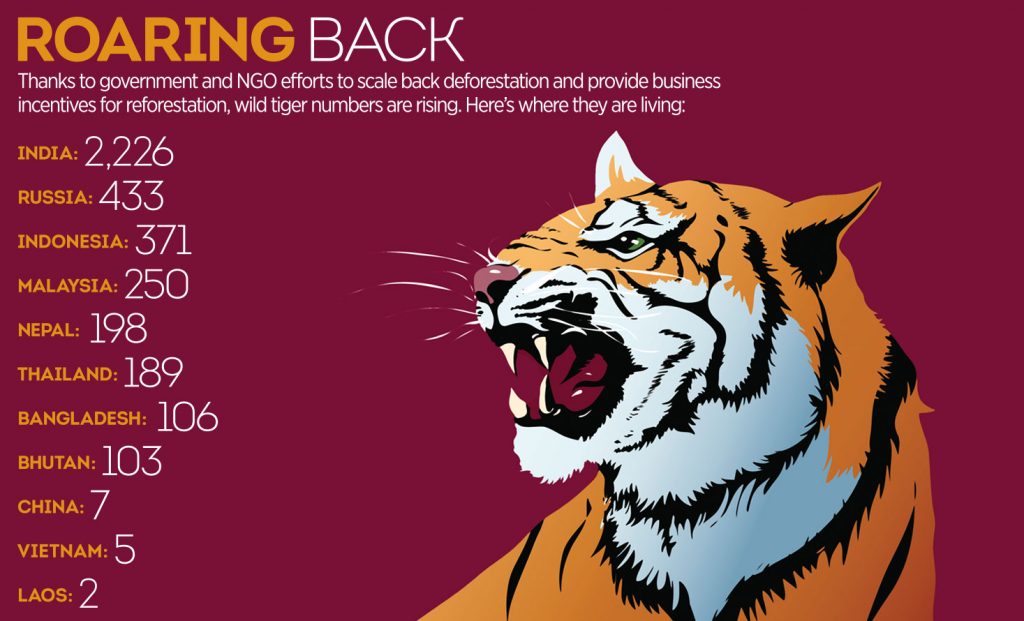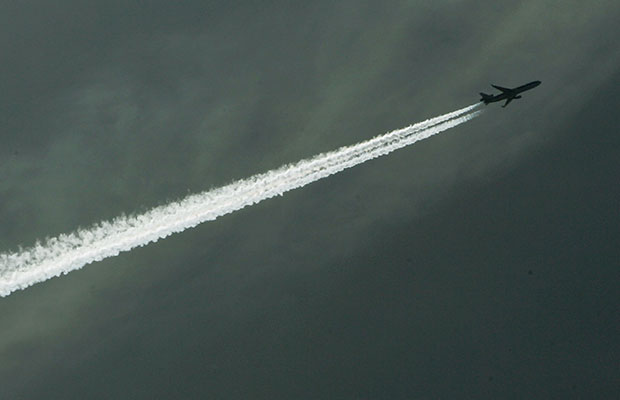Could jellyfish provide the solution to the world’s diaper dilemma?
Oceanic resources could reduce our levels of non-degradable waste, but are we going too deep in exploring the big blue?

Jellyfish are able to absorb large volumes of liquid without deteriorating – a useful property in nappies. Jellyfish diapers have been found to be twice as absorbent than regular ones and biodegrade in less than 30 days
It’s no surprise we humans will go to great lengths to find ways the world’s animals, vegetables and minerals can benefit our way of life. But in recent years, innovative firms have started to ask: “How far can we actually go; what haven’t we yet reached?” This has brought about some fantastic and one-of-a-kind discoveries, including the fact that jellyfish could provide the world with a significant supply of environmentally friendly diapers, and that mussels could be the key to creating sustainable glue. Both are recent examples of innovation stemming from our great blue oceans and could, in many respects, seriously improve healthcare and reduce our carbon emissions.
One of these inventions comes from Cine’al, an Israeli nanotechnology start-up, developing a line of super-absorbing products made from jellyfish. The product was inspired by research conducted at Tel Aviv University, which harnessed jellyfish’s ability to absorb high volumes of liquid without deteriorating. By breaking down jellyfish flesh and adding nanoparticles for antibacterial properties, researchers created a material they call ‘Hydromash’, which can be used as an absorbent material in diapers, toilet paper, medical sponges and feminine hygiene products. Jellyfish diapers were found to be twice as absorbent as most diapers currently on the market, and the eco-friendly products biodegrade in less than 30 days, which means fewer diapers taking up space in landfills. By comparison, diapers, medical sponges and similar products produced using synthetic polymers can take hundreds of years to break down.
Diaper hazards
Disposable diapers are a popular consumer product, especially in the US. Although they offer convenience to the world’s new parents and their defecating little wonders, they have several dangerous environmental drawbacks. Not only do disposable diapers account for a lot of the trash taking over our landfills, they also pose serious risks to the environment and people alike. According to the US Environmental Protection Agency, about 20 billion disposable diapers are dumped in landfills each year, accounting for more than 3.5 million tons of waste.
Jellyfish diapers were found to be twice as absorbent as most diapers currently on the market
If that weren’t bad enough, more than 200,000 trees each year are lost to the manufacture of disposable diapers for babies in the US alone. In addition, it takes 3.4 billion gallons of fuel oil every year to make diapers. Disposable nappies use 20 times more raw materials, two times more water and three times more energy to make than cloth or biodegradable alternatives. Adding to this, manufacturing disposable diapers also utilises non-renewable energy sources.
As disposable diapers need to be exposed to oxygen and sunlight to decompose, they do not degrade quickly and usually take about 500 years to disappear in a landfill. The millions of tons of untreated waste added to landfills each year through plastic diapers can contaminate ground water. As a result, diapers and similar waste are considered some of the least eco-friendly products around, despite their extremely common use. This is why there is a particularly high demand to find a green and sustainable alternative that isn’t dependent on vulnerable resources such as trees.
Coincidently, jellyfish populations worldwide have been exploding in recent years and have begun to present a real problem. The creatures are expected to be one of the few winners of the warming oceans brought about by climate change. During spring and early summer, millions of them appear near beaches and make swimming impossible – unless you fancy a nasty sting.
Unlike most sea creatures, jellyfish are mostly useless. Some species are eaten in the Far East, and mucin, a chemical extracted from them, is used in drug delivery systems. But for the most part, they’re useless, even dangerous, pests. In 2013, a cluster of jellyfish temporarily shut down a nuclear reactor in Sweden after they were sucked into a cooling pipe. Cine’al’s invention could crush two birds with one stone.
Using and abusing
This raises the question many NGOs have asked in recent years: when have we gone far enough? There is currently a growing focus on developing products from the sea: everything from nanomaterials based on fish scales, to the extraction of the chemical tetin from crabs and crayfish for medicinal use. One firm is even experimenting with the possibility of developing glue from seashells, particularly those of mussels, which typically cling to the ocean’s stones and rocks. The hope is that such biodegradable glue would be useful in surgeries, e.g. to close up entry wounds and scars. All in all, the sea provides a seemingly infinite amount of eco-friendly resources that could be the answer to many of our current environmental concerns.
However, conservationists have pointed out that mass-production based on the world’s oceanic resources could seriously hurt our ecosystems. Despite being a point of frustration for beach-goers, jellyfish have been around for hundreds of millions of years and prey on planktonic organisms such as crustaceans, copepods and fish larvae. In turn, some species of endangered sea turtles and sea birds feed on jellyfish. Curiously, some species of fish will actually hide from predators by using jellyfish tentacles as a shield.
What’s more, mussels and similar shell-bearing sea animals have an important function in helping to purify our waters – whether in freshwater or saltwater bodies. They are crucial if we want to maintain clean waters to swim in, and otherwise use for manufacturing, drinking and food production. NGOs are worried this new focus on the world’s sea bodies will result in the same disastrous outcomes we’ve seen with the felling of Amazonian trees, and the extraction of minerals across large swathes of Australia and China.
As usual, human priorities will most likely win the debate and the prospect of a greener solution to our world’s diaper troubles will be seen as a reasonable trade-off for the unknown damage this innovation will cause to our oceanic ecosystems. Obviously, it’s easy to see the benefits of this and no one would ever question eco-friendly solutions. But out of simple wonderment, one has to ask whether replacing one ecological problem with another is the best policy. If we really are as innovative as we claim to be, humanity could – and should – do better.













